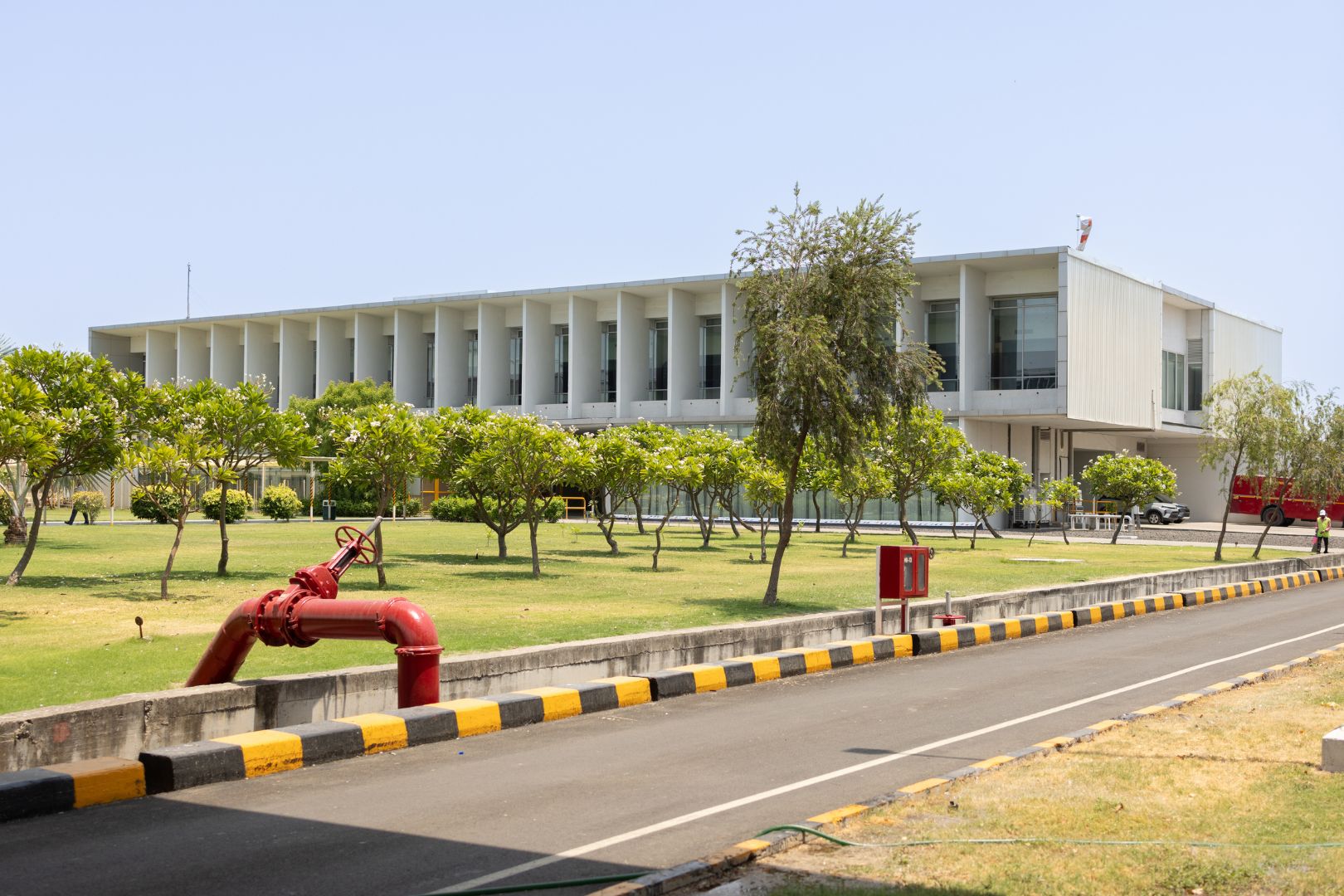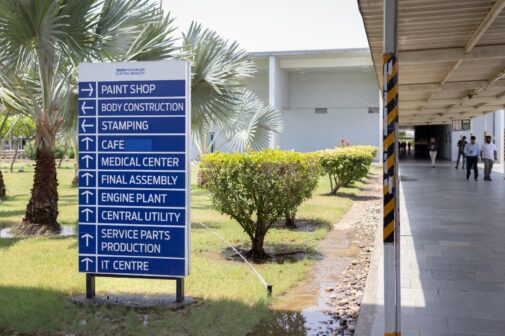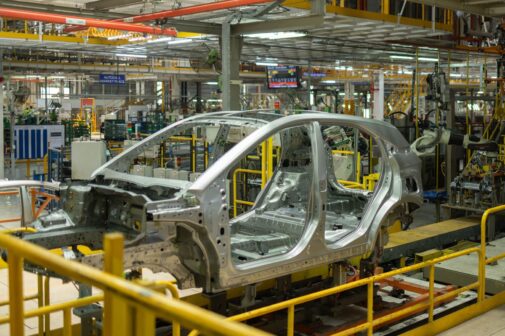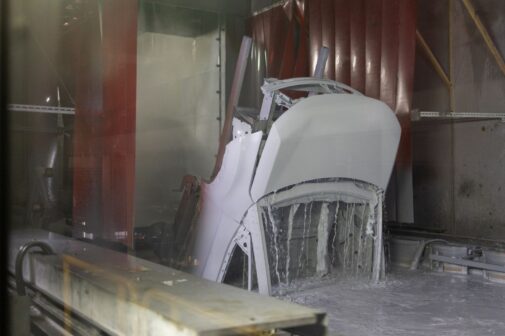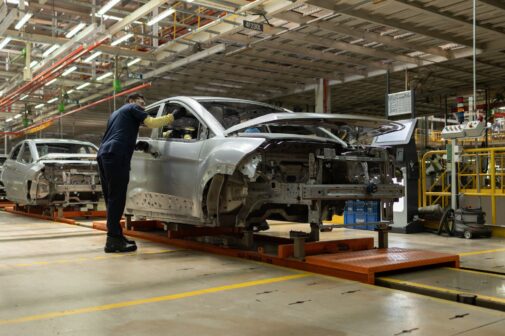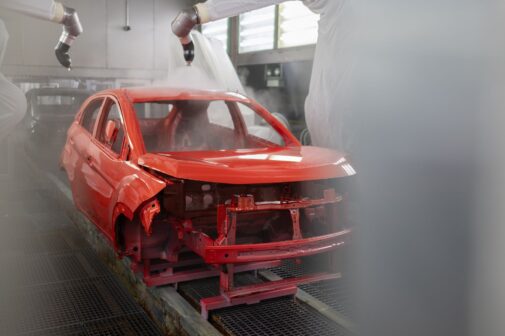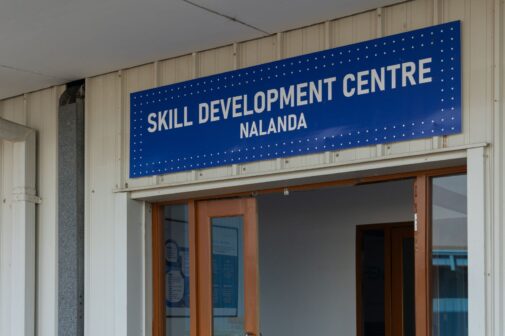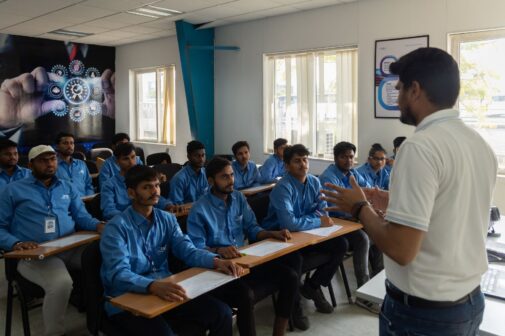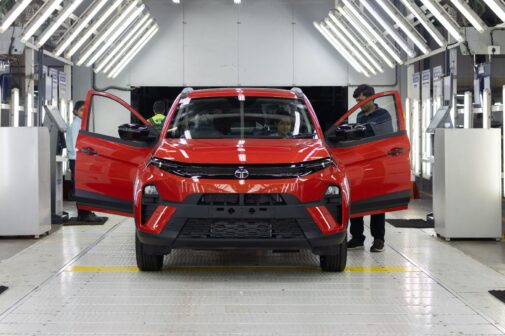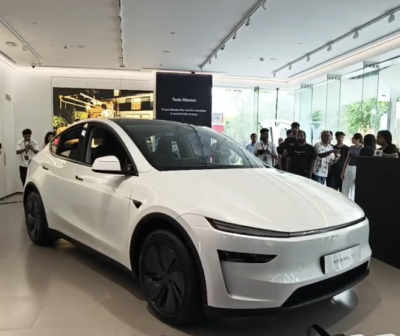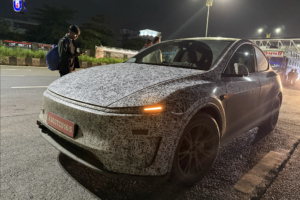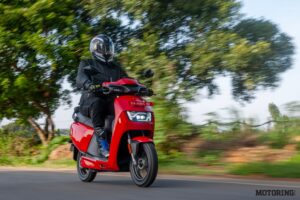As journalists, we sometimes get the privilege of seeing how a car is born, and it’s nothing short of wonderful. The very things that drive us, our passion, our profession, come to life right in front of us; what could be better than that? It didn’t matter that me and my colleagues were sweating profusely, under the protective coats we wore over our regular clothing, or the fact that a flaming heat ball was thrown right in our faces while stepping in and out of the buildings. All that mattered was that we’d get to see how one of India’s safest cars gets put together.
So how did I end up going out of the house at all, especially in this weather? You can thank the good folks at Tata Motors for that, who wanted to show us journos around their new plant in Sanand. To clarify, this is the plant it acquired from Ford India after its unfortunate exit.
It all began with an introductory session from the top execs at Tata, who gave us a brief background into the company’s operations, things to expect and do’s and don’ts. This plant used to be the production hub for the Ford Figo, which has now been re-tooled by Tata Motors to suit its needs. The plant was acquired on January 10, 2023, for a total of Rs 725.7 crore, while an additional Rs 1300 crore was invested for re-tooling of the plant.
The car maker says that the first Nexon rolled out of this plant exactly a year after the acquisition. At the moment, only the Nexon is produced here, in both combustion and all-electric guise. A major focus of this plant has been on automation and digitization; the spot-welding unit in the weld shop is 98% automated, while the press shop follows closely at 80%.
Some of the major retooling and upgrades from the acquisition include new stamping dies in the press shop, along with modification of all lines with additional robots and new grippers in the weld shop. The paint shop incorporates more than 80 robots, and there have been upgrades in terms of their programming and also to the waxing setup. The assembly shop also receives modifications to its handling and end-of-line systems.
While touring the body shop, we couldn’t help but notice the Nexon EV and its combustion-powered Nexon being assembled on the same production line. This is because the Nexon is built on the X2 platform, which has been heavily re-engineered for EV applications. The plant currently has a total production capacity of 3 lakh units, and it can be scaled up to 4,20,000 units.
A hearty Gujarati lunch later, we were then guided towards ‘Nalanda’, which is Tata’s in-house training facility for its employees who wish to pursue higher education. This is the first-of-its-kind programme by a car maker in India. Tata has tied up with faculty members from Ganpat University to provide higher education to its employees. The facility currently has 7 classrooms and can accommodate a total of 500 people at a time. Fully-equipped labs are also present within the facility for practical sessions and more hands-on training. The enrolled employees have access not only to foundation-level subjects such as math, physics, chemistry, but also to advanced, higher-level subjects such as EV specialization, mechatronics, sensor and control engineering, and e-powertrain design among others. Then they are graded like they would in a regular college, with regular assignments, projects, mid-term and end-term examinations.
Employees with ITI (Industrial Training Institute) certificates are eligible for Diploma Program while those who have completed Diplomas are entitled for Degree (B.Tech) programme. The M.Tech program is offered to those employees who have already completed their Degree in Engineering. What makes this even more interesting is that Tata is offering higher education to its employees without any cost; they continue to earn their regular salaries while being enrolled in such courses. In fact, they are not even required to sign a bond either.
That was the end of our tour at the Tata Passenger Electric Mobility plant, but it was nothing ordinary for sure. Not only did we get to see how the Tata Nexon is brought to life in this plant, but also how Tata focuses on the well-being of its employees, by offering them higher education and helping them upskill for the challenges later on in life. As we were leaving the Nalanda facility, I couldn’t help but take a long glance at a certain wall, with pictures of Tata’s old and new cars on either side, with the Nexon right in the middle. It made me think about how far Tata has come, and how much importance the Nexon holds for the car maker; after all, it is the link between the history and the future for Tata, and there’s only more great things to come soon.





